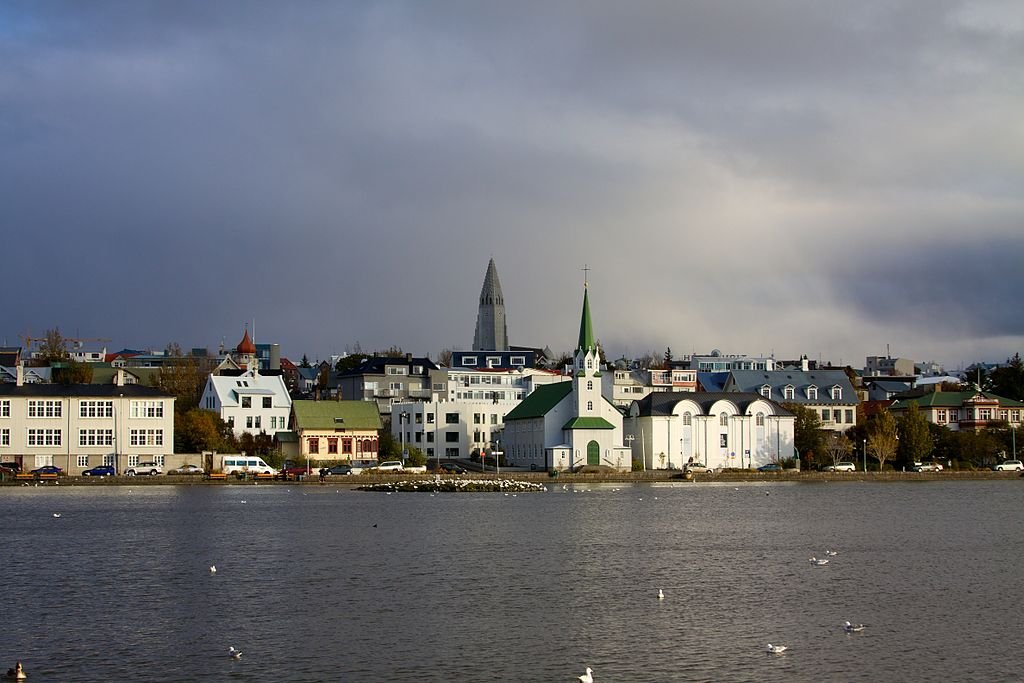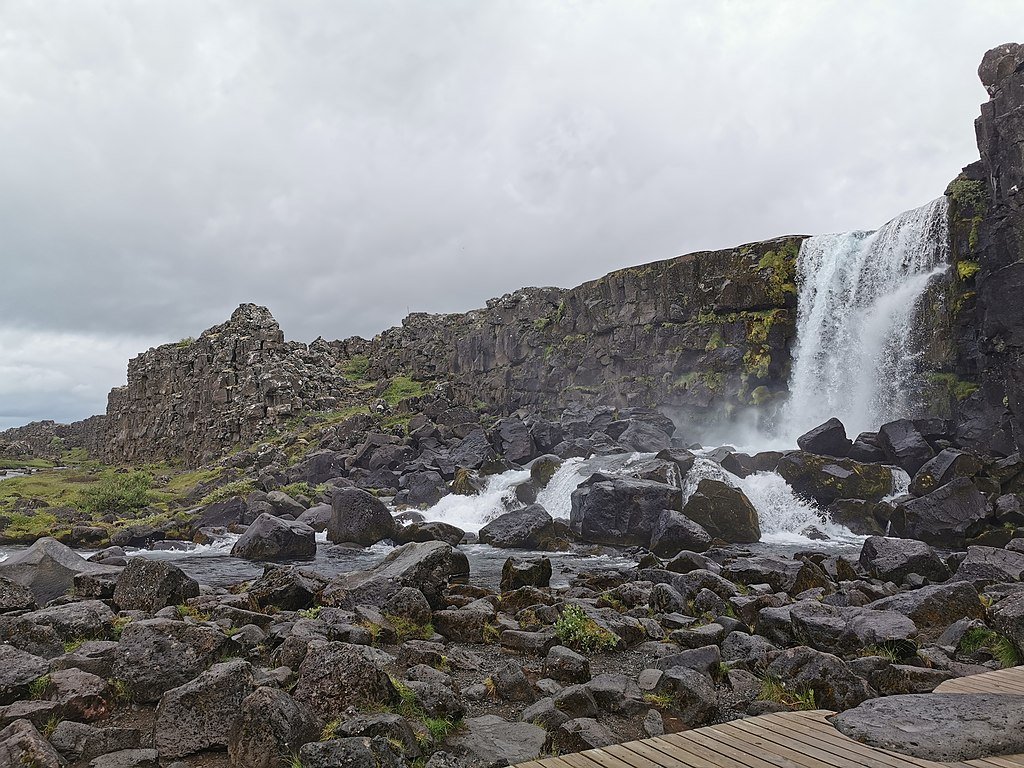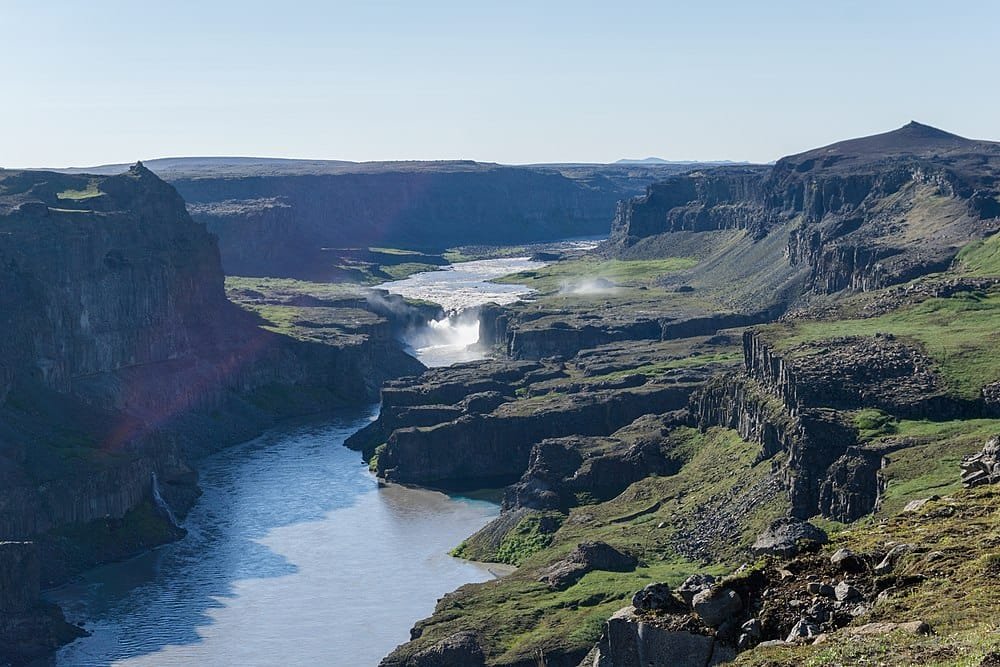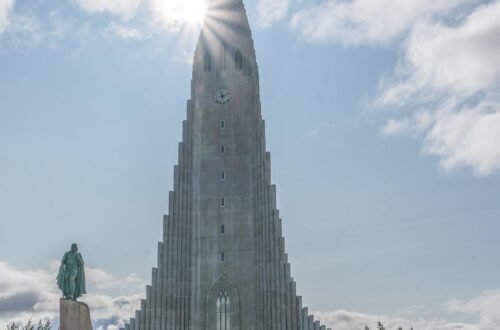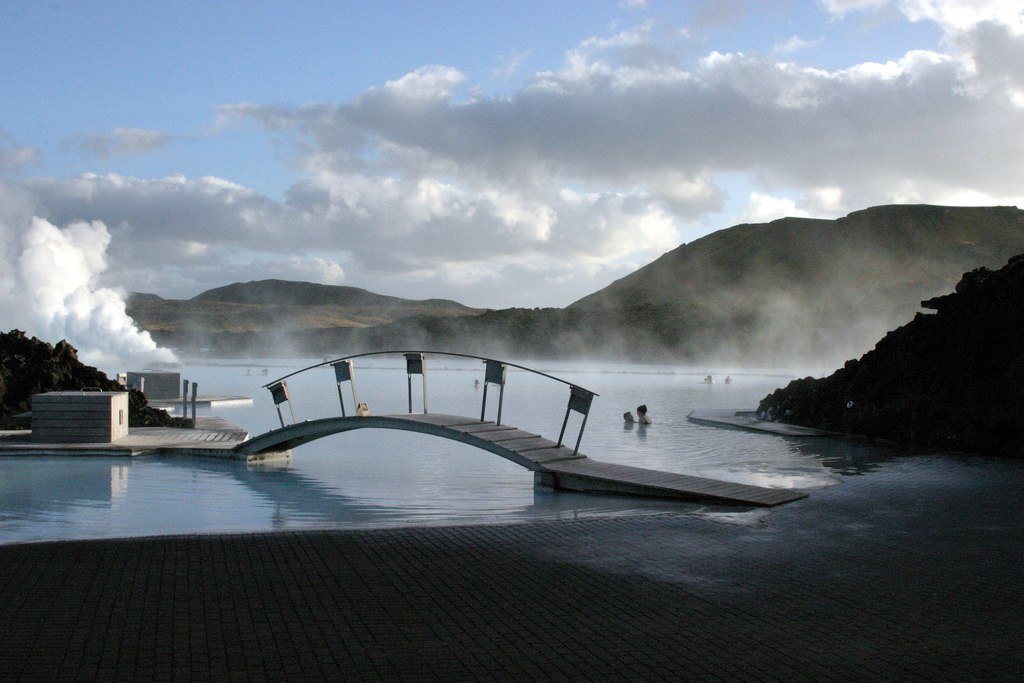
15 Best Places to Visit in Iceland
Iceland is a region of burning volcanoes and charming fishing towns, rocky canyons and enormous fjords, bubbling hot springs; and bustling vodka bars. It is wild, windy, and covered in icecaps from the south to the Arctic north. Here, we examine 15 of the best restaurants that every visitor to this Scandinavian island must try (along with the incredibly fresh fish, of course!). Let’s investigate the top destinations in Iceland:
- Reykjavik
- The Westfjords
- Hofn
- Gullfoss Waterfall
- Vatnajokull National Park
- Grundarfjordur
- Myrdalsjokull Glacier Park
- The Blue Lagoon
- Skalholt
- Akureyri
- Thingvellir National Park
- Lake Myvatn
- Borgarnes
- Landmannalaugar
- Asbyrgi Canyon
Reykjavik
Reykjavik, the world’s most northern capital city, packs a powerful punch that is both polished and eccentric, hedonistic and lively. The Hallgrimskirkja’s tall, needle-like steeple is a real symbol of the Icelandic city. It looks out over the downtown area, which is full of painted wooden houses and a lot of hearty Scandinavian vodka bars and taverns. The charming Alpingi parliament building oozes 19th-century charm, while the town’s heartbeats with the National Gallery of Iceland, the Hafnarhus, and the intriguing 8712-year-old remains. Close by, the lovely Tjornin pool gives the area an aquatic edge. In conclusion, don’t miss this one!
The Westfjords
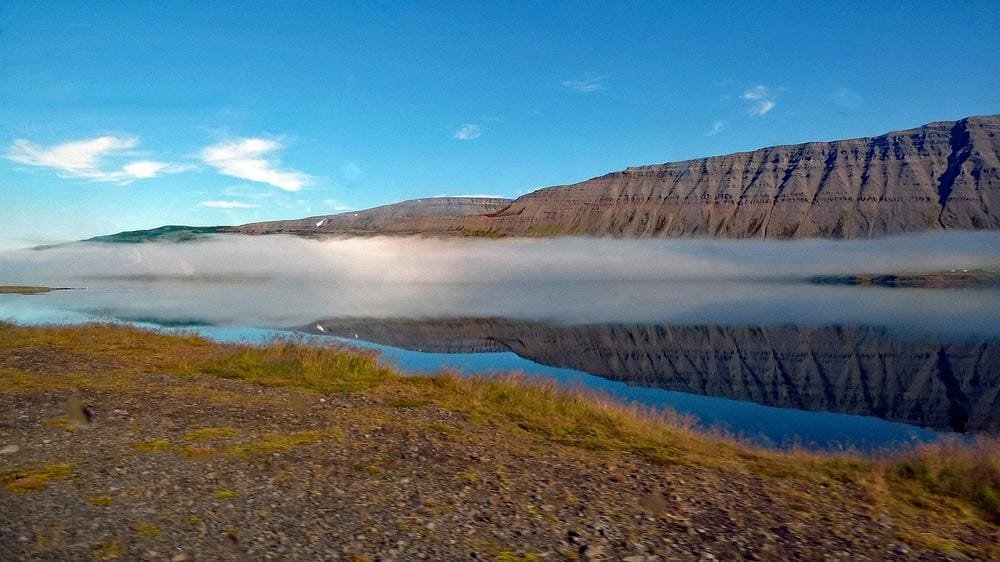
The Westfjords peninsula’s many branches are probably some of the most amazing and well-deserved natural wonders in all of Iceland. They are jagged and stick out like fingers of granite and stone into the cold waves of the Greenland Sea. They include places like the Hornstrandir reserve, which is home to Arctic foxes and seal pods, and the Latrabjarg, which is Europe’s westernmost point if you exclude the Azores. They are a walker’s paradise. Then there is the magnificently situated Isafjordur, which is perched on a spit of sand at the edge of the ocean and boasts a history that dates all the way back to the ninth century! The glistening sands of Raudasandur, cliff walking, and sea kayaking are all popular activities.
Hofn
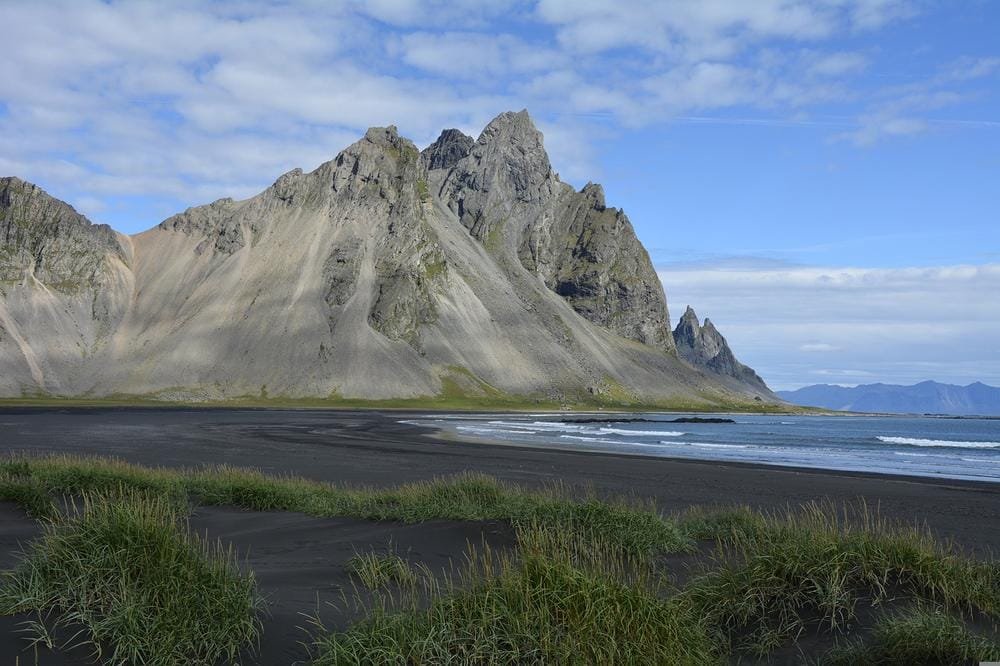
Little Hofn is a perfect example of a southern Icelandic fishing village, boasting a very stunning setting on the tiny islets and finger-like peninsulas that linger in the Atlantic waters off the Hornafjordur. One of the most popular entryways to East Iceland’s wilds and the Vatnajokull National Park, the location is a great pick for tourists eager to explore some of the country’s top bucket-list natural sights, while a folk museum, the Ice Land Glacier Exhibition, and arguably the best lobster restaurants in all of Europe make staying here for a day or two a fantastic way to experience the seafaring locals’ rustic, salt-washed vibe.
Gullfoss Waterfall
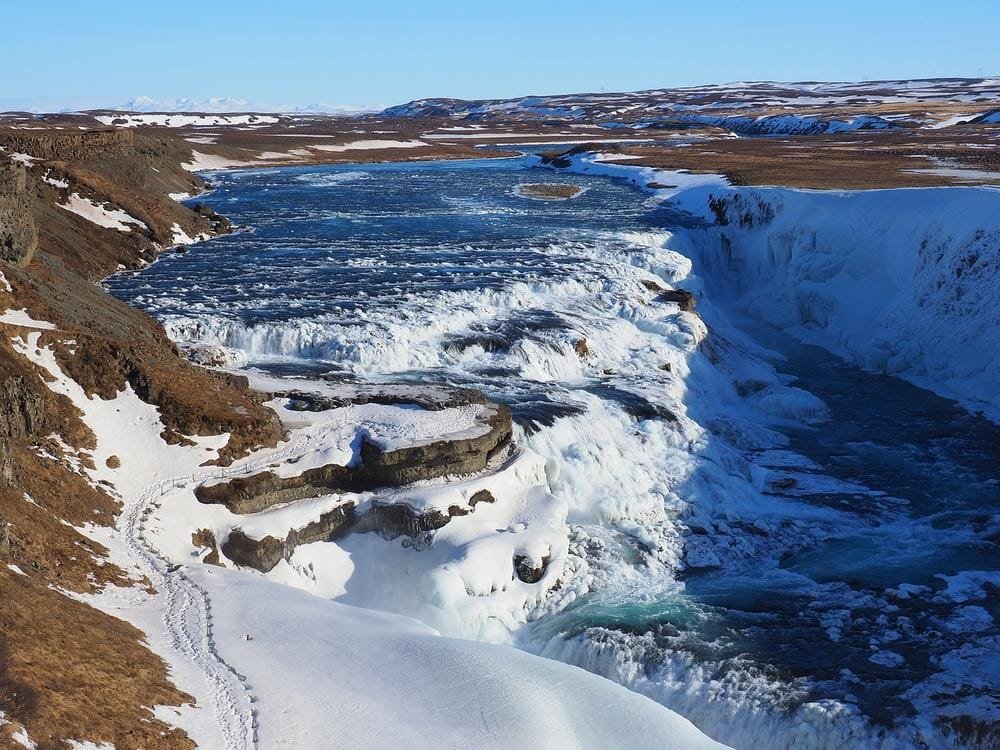
South-western Iceland is home to the magnificent Gullfoss Waterfall, which thunders over escarpments and bluffs. A 32-meter-high cleft gives the fall its distinctive impression of falling into the Icelandic subterrane. It is renowned as one of the most dramatic cataracts in the world and flows over a number of tiered rocks and terraces. The falls themselves are frequently covered in rainbows or buried in plumes of mist, and in the summer, the hills and ridges around are clad in a verdant carpet of grass that provides a lovely backdrop for strolling along the Hvita River’s banks.
Vatnajokull National Park
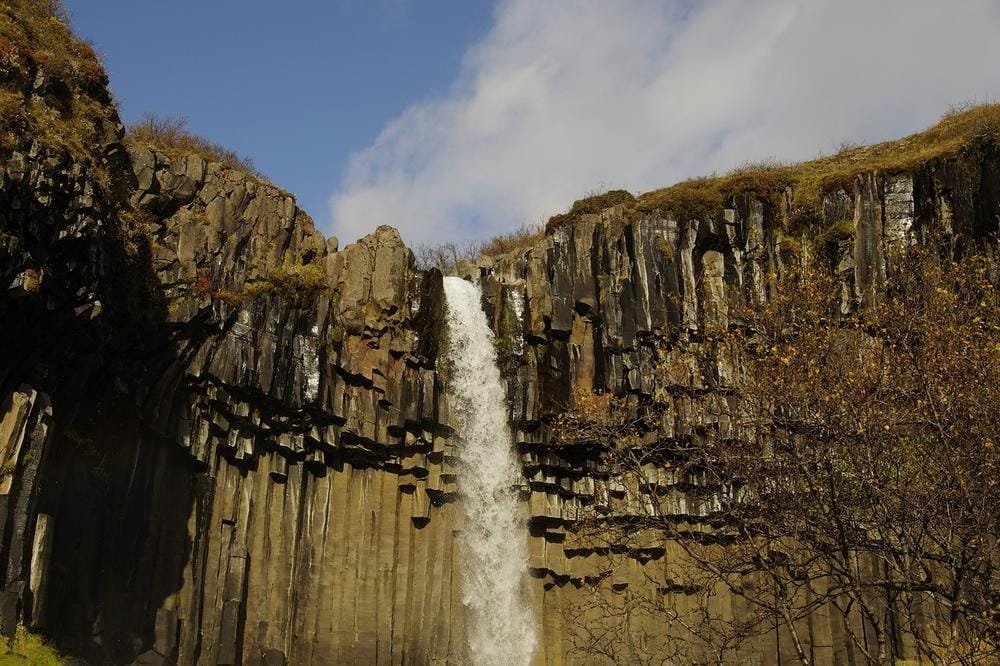
The Vatnajokull National Park occupies more than 13,000 square kilometers of south-east and central Iceland, and is crowned by the glacier bearing its name, which is the largest on the continent outside of the Arctic Circle and has seemingly unending ice fields. The region is renowned for its wide variety of landscapes, ranging from the flower-filled meadows and roaring waterfalls that run through the Skaftafell lowlands (where there are also plenty of camping sites in the summer) to the windswept, crevasse-cut glacial fields on the mountaintops. Don’t miss the famous Dettifoss Fall! There is much to see, including wandering reindeer in the wetlands, the majestic Hvannadalshnukur (the nation’s highest point), and the rough interior of the Eldgja Canyon, which contains some genuinely amazing volcanic geology.
Grundarfjordur
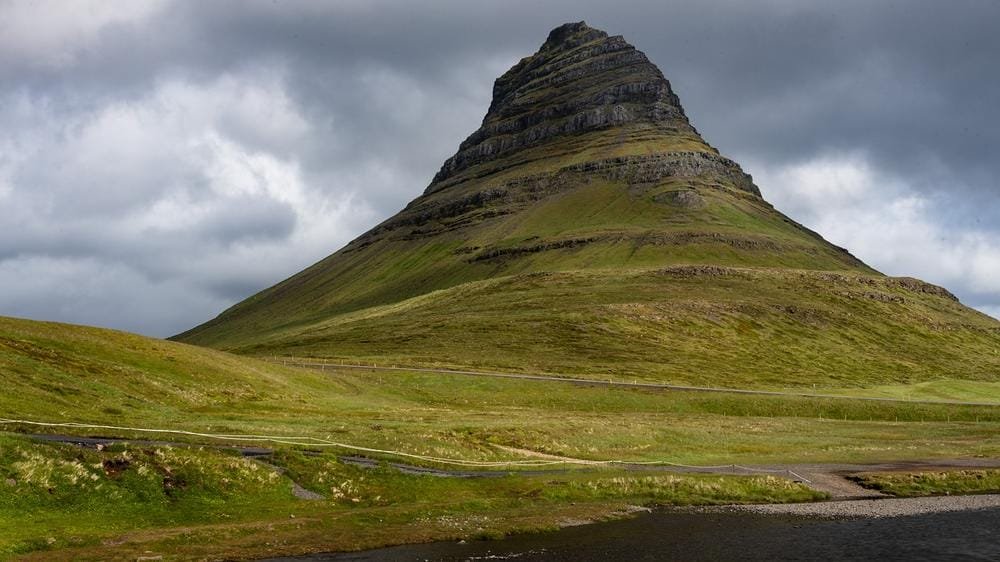
A few of West Iceland’s most unusual coastal formations edge their way up to the waters of the Greenland Sea near the tranquil fishing community of Grundarfjordur, which is located on the ice-coated edge of the Snaefellsnes Peninsula. The town of Grundarfjordur is undoubtedly most famous as the starting point for seeing (and photographing for most) the striking profile of Mount Kirkjufell, which lurches like a rocky shark fin amidst the waterfalls and coves of Snaefellsnes. Although hiking and cliff trekking are abundant in the nearby national park, and Grundarfjordur itself is known for its earthy summer folk festivals thanks to the local Viking Foundation.
Myrdalsjokull Glacier Park
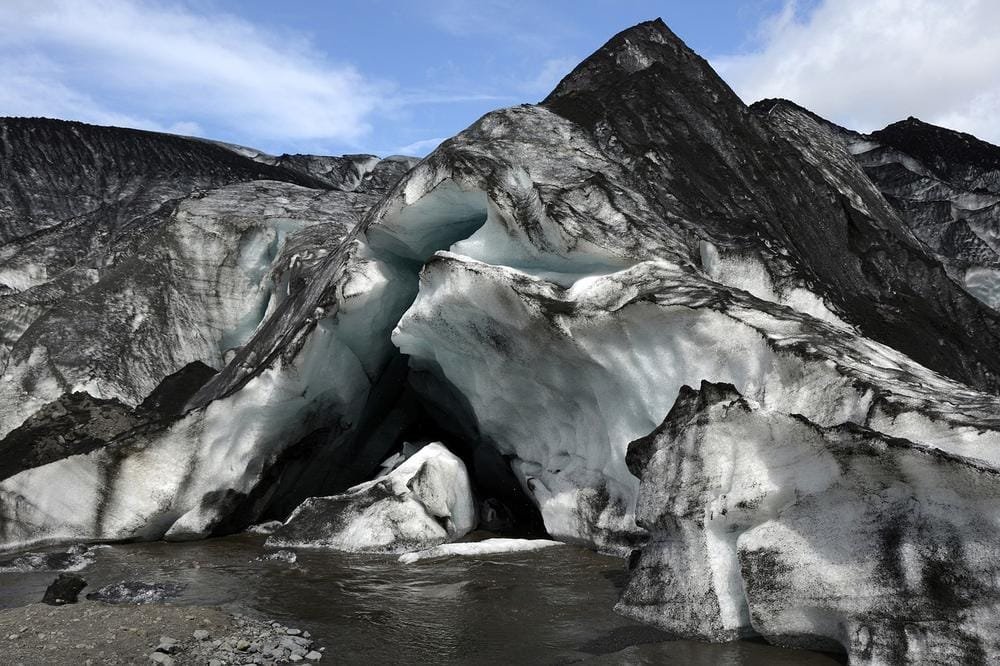
Iceland’s untamed and frigid Myrdalsjokull Glacier Park is located on the towering ridges of the massive Katla caldera, which is covered in ice year-round. The fourth-largest field of its sort in the nation, this snow-covered expanse spans hundreds of square kilometers. Solheimajokul is one of the most beautiful parts of the Myrdalsjokull Glacier. It has an alien look, with green peaks sticking out of ice-carved valleys, metamorphic formations swarming above the crevasses, and fast-moving sand pools hiding on the edges. The Fimmvorduhals Pass and the ridges of Eyjafjallajokull both offer thrilling escapes, and guided hiking is extremely popular here.
The Blue Lagoon
The Blue Lagoon, one of Iceland’s most popular tourist destinations, bubbles and steams amid the rocky promontories of the Reykjanes Peninsula, about 40 kilometers from the island’s capital, Reykjavik. The location, which is volcanic in character but is actually rather new, was created by plugholes left behind from a geothermal power plant in the 1970s. Still, the mountains around Grindavik make for a beautiful backdrop, and the waters are full of minerals, which gives the lagoon its shimmering, white color and is known for its healing powers. In addition to the luxury lounges, visitors to the lagoon can also get underwater massages and guided tours of the interesting geothermal area.
Skalholt
Skalholt is an off-the-beaten-path town that people often skip over in favor of the Gullfoss Waterfall and the Golden Circle, which are more popular places to visit in the south. It is situated on undulating fields close to the Hvita River. Surprisingly, from the 11th century onwards, this tiny, snow-covered center in the middle of nowhere became known as the epicentre of Icelandic Catholicism and one of the country’s most influential and significant locations. The crowning achievement of the town today is the huge Skalholt Cathedral, which was almost completely rebuilt in the 1900s and has beautiful Danish stained-glass windows.
Akureyri
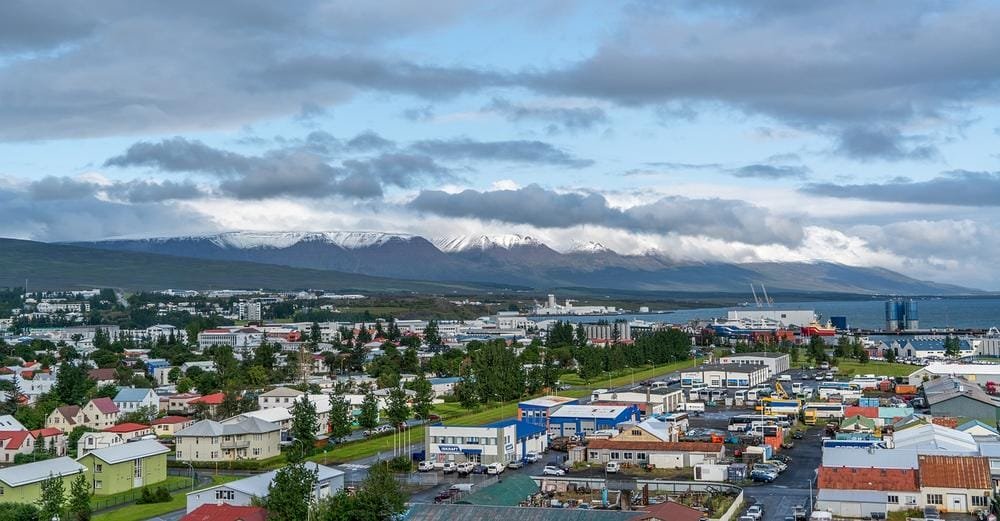
It may come as a huge shock to learn that North Iceland has its own capital. This fishing town and beachfront jewel of a city on the outskirts of the Eyjafjordur makes some big waves despite its modest 18,000 inhabitants. On the shopping street Hafnarstraeti, there are a lot of small boutiques and craft shops. In the middle of the street, there are a lot of unique small cafes and teahouses. The town’s love of mayonnaise-covered, chip-filled hamburger buns has become a local legend, and the twin spires of the Akureyri Church look like the snow-covered mountains that surround the town on all sides. Yes, sir, a trip to Akureyri is definitely worthwhile.
Thingvellir National Park
The Thingvellir National Park is undoubtedly the most stunning natural area in all of Iceland. It is a symphony of volcanic peaks and continental fractures, carved gorges, and the rushing cataracts of the great Oxara River. The Peningagja pool, a rift lake that gleams with coins going back more than 100 years, and the Silfra fissure, two totemic places, are both nearby and easily accessible from Reykjavik. In addition to being a hiker’s paradise, Thingvellir offers arduous cliff walks and mountain climbs. History and culture enthusiasts may also enjoy discovering the ruins of the nation’s first Viking age parliament, which was founded here in 930.
Lake Myvatn
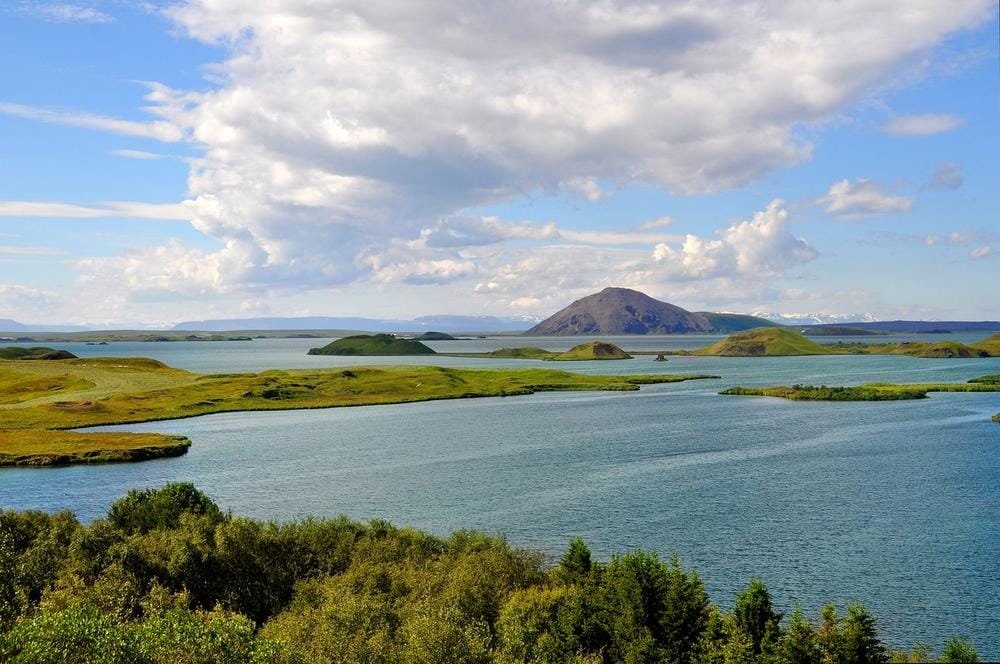
A genuinely bizarre setting, Lake Myvatn is located just east of Akureyri, the so-called capital of the north, and has jagged craters, odd volcanic plug holes, boiling mud pools, and much more. More than two thousand years ago, a volcanic eruption is said to have created the lake, which is now adored by hikers, bird watchers, and adventure seekers alike. The Namaskard Mud Pools, the Dimmuborgir Black Lava Monoliths, the hike-able Vindbelgjarfjall at slightly over 500 meters above sea level, and the sulfurous Myvatn Nature Baths (excellent if you don’t want the crowds of the Blue Lagoon!) are a few of the area’s top attractions.
Borgarnes
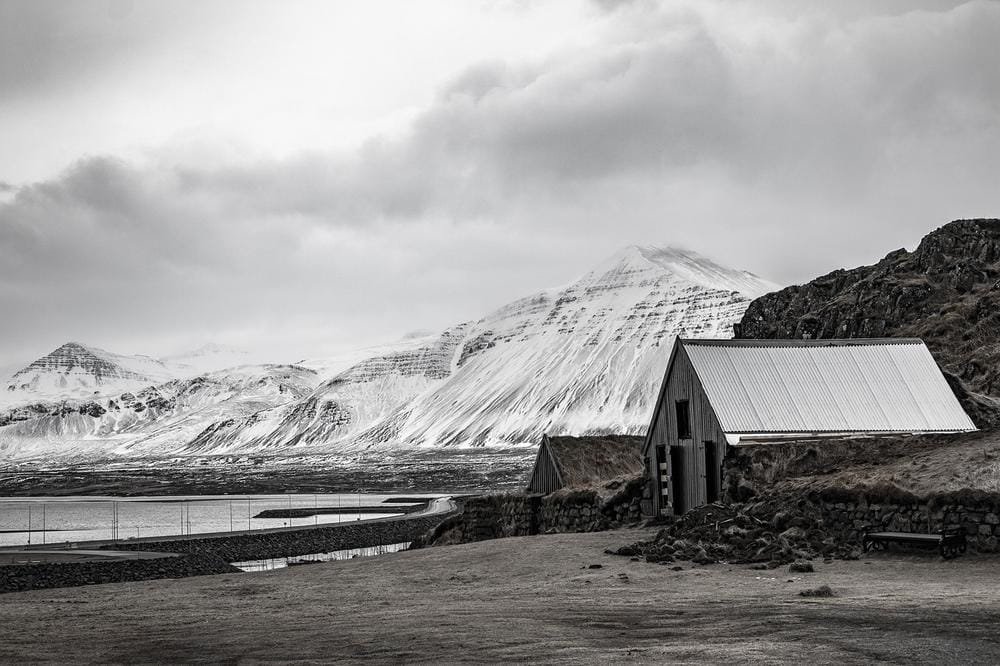
In its location situated between the coastal plains, the rising heights of the Hafnarfjall massif, and the waters of the Borgarfjordur, just north of Reykjavik, Borgarnes may only appear to be a small dash of whitewashed timber. However, this small fishing village on the coast has mythical origins that can be found in the Egils Saga, and later it developed into the hub of west Iceland’s commercial trade. As a result, tourists can anticipate a wide variety of shopping options as well as attractions like the Settlement Center Museum, which details Borgarnes’ earliest years, in addition to the area’s more obvious attractions, like hiking along the coast, seeing whales, and visiting those unforgettable hot springs.
Landmannalaugar
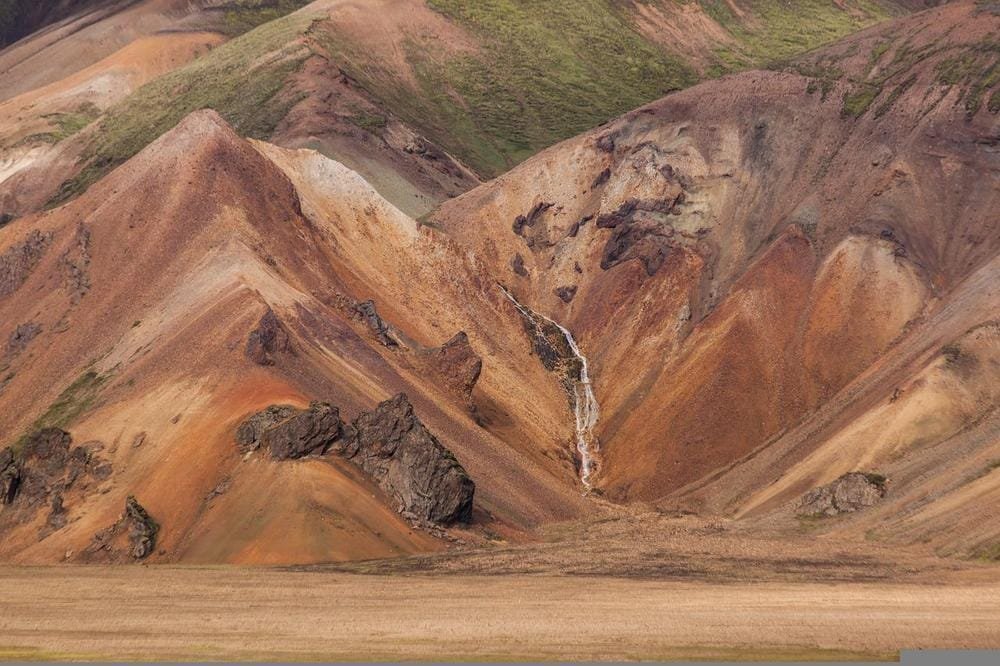
The Landmannalaugar is a deep valley in the middle of the famous Fjallabak Nature Reserve in southwest Iceland. It is a hidden gem of a location, with everything from bubbling volcanic hot springs to ochre-colored mountain ridges. Hiking trails go all the way around the area, and outdoor lovers can set up camp in Landmannalaugar or stay in a separate mountain hut to get ready to hike the famous Laugavegur trail. The main thing to see in the area is the Brennisteinsalda mountain, which can be seen from the trail and has iron-colored, sulphur-spotted ridges and obsidian lava sheets.
Asbyrgi Canyon
Asbyrgi’s ridges and canyons, which are carved out of the rocky interior of northeast Iceland, almost always make people gasp. The canyon’s sheer-sided sides extend for more than three kilometers and reach heights of up to 100 meters in certain places. Deep within the river-carved glacial valley, there are hiking routes that wind past tussock meadows, willow and birch trees, and Ice Age cliffs from the past. Norse mythology also has stories about the place, which is said to have been made by Sleipnir, Odin’s legendary horse.


